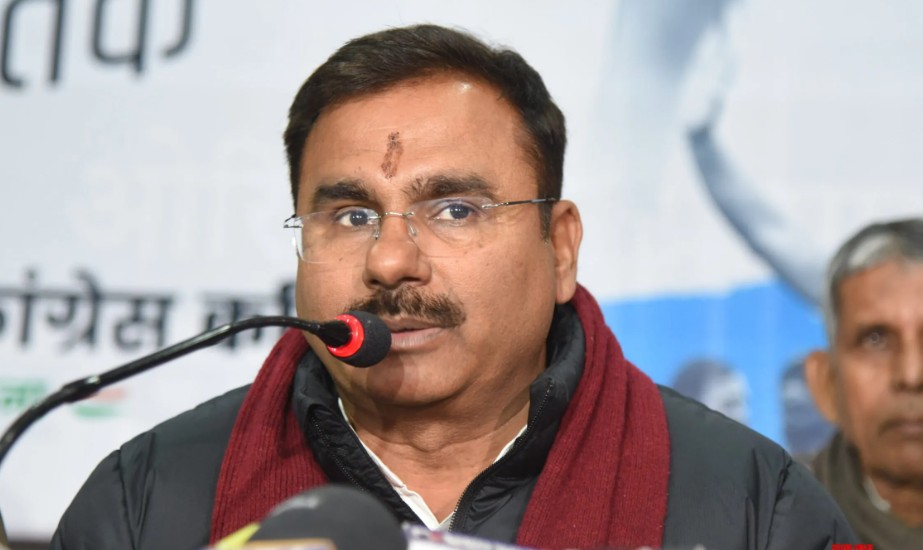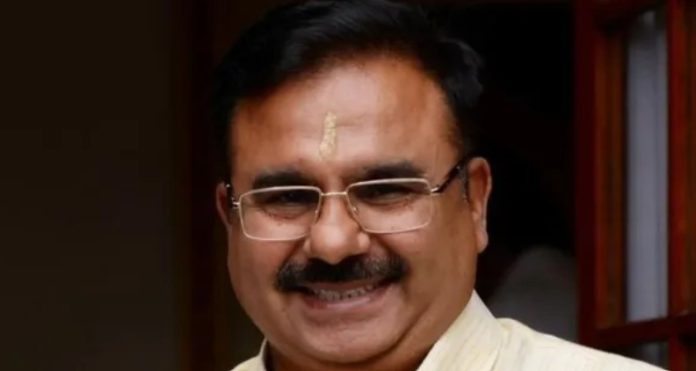In a recent and controversial move, the central government’s decision to remove senior bureaucrat Alok Sharma from his administrative post has drawn significant attention, especially after reports emerged suggesting the action may have been prompted by a formal complaint originating from the Punjab government. The issue has now taken on political dimensions, with opposition leaders, civil society groups, and administrative observers weighing in on the underlying reasons and broader implications of the removal.
Alok Sharma, a senior Indian Administrative Service (IAS) officer with an extensive track record in governance, was serving in a prominent central role when news of his abrupt transfer surfaced. Sources within both state and central bureaucracies confirmed that the removal followed closely on the heels of a detailed grievance submitted by senior officials of the Punjab government. The complaint reportedly raised questions about Sharma’s handling of matters that directly impacted Punjab’s interests—particularly in sectors such as infrastructure development, public funding allocation, and inter-state coordination on national projects.
Though official statements from the Department of Personnel and Training (DoPT) remained tight-lipped on the precise cause for Sharma’s transfer, insiders believe that the timing was not coincidental. The complaint is believed to have outlined alleged instances of administrative delay and lack of responsiveness in matters where Punjab sought urgent support or approvals from central authorities. These included issues related to national highway clearances, irrigation projects on inter-state rivers, and delays in releasing funds earmarked for welfare programs.
Political observers note that Sharma’s transfer is not an isolated incident but reflects a growing strain in center-state relations, particularly in the context of opposition-led states like Punjab seeking greater autonomy and responsiveness from centrally posted officers. Senior Punjab officials had earlier voiced their dissatisfaction with what they described as “systemic apathy” toward the region’s developmental concerns. Alok Sharma’s office reportedly became the focal point of this discontent when multiple project files from Punjab remained pending, despite repeated reminders and high-level inter-departmental meetings.
The situation escalated when Punjab’s Chief Secretary personally took up the matter with central authorities. A strongly-worded dossier was submitted, cataloging specific grievances and perceived negligence. While the exact contents of this document have not been made public, sources familiar with its details revealed that it contained documented timelines showing lapses and inaction on Sharma’s part, particularly in fast-tracking Punjab’s renewable energy projects and pending approvals for industrial corridors.

Following the submission, Sharma was summarily transferred and replaced by another senior officer, a move that surprised many within administrative circles. While some viewed it as a routine bureaucratic reshuffle, others read between the lines, interpreting the decision as an appeasement strategy to calm rising tensions between the Punjab government and the center.
In Punjab, the move was welcomed cautiously. Senior cabinet ministers of the state government expressed hope that Sharma’s removal would clear administrative bottlenecks and usher in a more collaborative phase of center-state interaction. Speaking to the press, one senior minister remarked, “We respect all officers, but timely and effective execution of policies is paramount. We expect the new officer to work with sensitivity to Punjab’s specific developmental needs.”
Meanwhile, reactions from opposition parties at the national level ranged from supportive to critical. Some leaders accused the government of succumbing to political pressure from regional players. They argued that transfers based on complaints without thorough investigations could demoralize officers and compromise administrative neutrality. Others saw Sharma’s removal as a positive sign of accountability being enforced in the bureaucratic structure.
Administrative experts also weighed in on the episode. Professor Rakesh Mehta, a former bureaucrat and policy analyst, commented, “While bureaucratic responsiveness is essential, it is also important to ensure that officers are not made scapegoats for larger systemic failures. If Sharma was indeed underperforming, a formal inquiry or performance review would have been a more transparent mechanism.”
This controversy also ignited debates around federalism and the extent to which states can influence central appointments. Constitutional experts emphasized that while states can raise legitimate concerns, appointments and transfers of central officers are ultimately the prerogative of the Union government. However, recent patterns indicate a growing tendency of state governments exerting pressure, particularly in sectors where their policy implementations are directly affected by central departments.
Adding another layer of complexity, some insiders hinted that Sharma’s removal may have also been linked to intra-service politics and his rigid adherence to procedural norms, which at times conflicted with politically expedited demands from states. Colleagues who worked closely with Sharma described him as meticulous and rule-bound, sometimes to a fault. “He never bent rules, even when pressured to do so by political offices,” one source noted. “That likely earned him both admirers and detractors.”
In the wake of his removal, Sharma has not issued any public statement. Close aides have described him as “taken aback” but unwilling to challenge the decision, preferring instead to quietly move on to his new posting. His career trajectory thus far has included key roles in infrastructure, finance, and planning commissions, and his expertise is widely recognized within policy-making circles.
As the dust begins to settle, the larger question remains whether Sharma’s transfer will set a precedent for similar actions based on state-level complaints. Will this embolden other states to seek officer removals when things don’t go their way, or will it prompt the center to reevaluate how grievances against officers are handled to preserve fairness?
For now, Punjab seems satisfied with the outcome, but the central administration finds itself walking a tightrope—balancing regional demands with the imperative to maintain administrative integrity and objectivity. As governance becomes increasingly decentralized and collaborative, episodes like this highlight the urgent need for a transparent and robust conflict-resolution mechanism between state and central bureaucracies.


